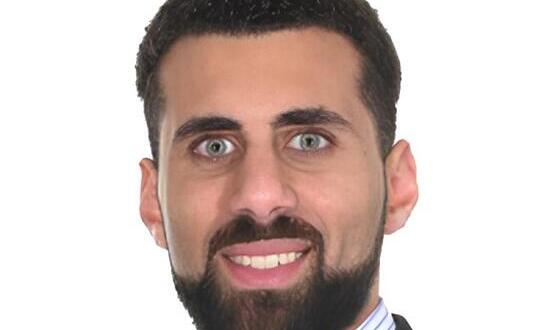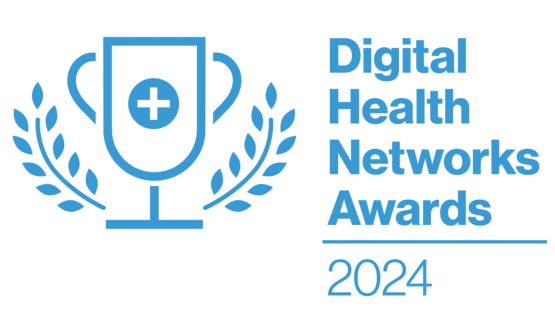Enter the CCG
- 28 May 2013

I’ve just had a brainwave. I’m sure all GP practices have experienced the mayhem that ensues when a nursing home rings up at five minutes to six on a Friday evening to say that Mr Jones has just been sent to them from the hospital.
They haven’t the vaguest idea what drugs he is on — and by the way he needs a hoist in order to be lifted and where is it?
It is at times like these that the lack of communication within the NHS is at its most obvious. How often does patient information end up in silos?
The hospital diagnosed his recent stroke (cerebrovascular accident or CVA in the jargon). The ward nurses know about his new antihypertensive regime.
The GP knows he’s the sole carer for his dementing wife. The district nurses are aware that he lives in a second-floor flat with no lift. But no-one knows the entire picture.
And now he’s been sent out in a hurry because the hospital needs his bed. Most of the regular hospital staff have left for the weekend – and no-one in the community has detailed information about his current situation.
Twenty four hours later he’s readmitted because the out of hours doctors are uneasy about his general condition, they don’t know precisely what medication changes have taken place recently, and the nursing care is breaking down because of the absence of that hoist.
Mr Jones’ unnecessary readmission costs the NHS extra money, inconveniences the patient and his family, blots the practice’s copybook and is totally preventable. It also occupies a large number of healthcare workers for the best part of a Saturday afternoon, while they try to sort it all out.
Now stand back and look at the situationfrom a distance. Isn’t the root cause blindingly obvious? There’s no central location for inter-disciplinary data about the patient and, in particular, no cohesive information about his discharge. So here’s the plan.
Push me, pull you
There are two ways to disseminate information: ‘push’, in which information is actively sent out to passive recipients; and ‘pull’, where the information passively resides where it can be accessed.
Current medical communication is largely based on push technology – which only works if the person responsible remembers to send it to all relevant parties.
In today’s complex NHS it is all too easy for rushed staff to forget to forward essential information to one or more of the multiple agencies involved.
Because of this, healthcare workers also need to be able to pull down this information: this acts as a backstop for those occasions when some aspect of the ‘push’communication has been missed out.
The discharge area
Information relating to a patient’s discharge typically comes from multiple sources and a variety of healthcare specialties, often not simultaneously.
The problem is therefore one of coordination, both between disciplines and across time. Healthcare workers need a common area in which to record this information, and to view it.
So, the first part of mydraft plan is to create an electronic ‘discharge area’ — a centrally held, widely available repository of notes made about the patient’s discharge needs. Access to this area will be open to the hospital teams looking after the patient, the GP, the community staff, and the out of hours teams.
We are considering using SystmOne for this purpose: it is almost a monopoly system within the clinical commissioning group and is particularly good for communication between multiple agencies.
(There is no reason why a similar ‘discharge area’ shouldn’t be created using other applications and other means.)
The‘discharge area’ will contain many different types of information related to the discharge, both structured and unstructured.
These data items will be added as and when they become available – it might already have been noted by the GP that the patient is the carer for his dementing wife.
Perhaps the definitive diagnosis can be added by the hospital 24 hours later (a CVA caused by a bleed), while a note about a fractured hip from a fall on the ward is entered on day six, and the need for a hoist on day eight.
Reports from various other disciplines – nursing, occupational therapy, physiotherapy – will be added in parallel.
The overseer
And now for the second part of the plan: a single ‘discharge supervisor’, whose job it is to oversee the discharge itself.
In practice, this will mean the daily monitoring of each hospital patient’s ‘discharge area’, checking that everything requested has been actioned or completed – in this case, the hoist, the post-discharge physiotherapy, the OT to prepare Mr Jones’ flat for when he comes back from the nursing home, and someone to care for his wife while he is recovering.
And here’s the clincher – the hospital won’t be allowed to discharge the patient until the discharge supervisor agrees that everything has been carried out.
The benefits
The first few days after discharge are the most perilous for patients. This is the period when they are most likely to need re-admission, particularly if the OOH services aren’t fully in the loop.
Bear in mind, again, that many discharges occur late on a Friday afternoon, when services in the community are winding down, and weekend OOH doctors may not be able to get further information from the (now closed) GP practice.
This means it makes sense to make sure that full information about the discharge is immediately available to OOH doctors and to nursing, district nursing and community staff. Reliable, timely information here may prevent increased morbidity andstop readmission being performed ‘just to be safe’ by an OOH team, which otherwise would be working semi-blind.
Locally, this draft plan has received significant interest and support. We are now preparing a business case. We willalso need to liaise carefully over deciding what information should be provided within the ‘discharge area’ and by whom, while not making its provision an unnecessarily intrusive or intensive burden on existing staff.
After all, the vast majority of hospital discharges go smoothly. We just need to sort out the ones that don’t.


Dr John Lockley
Dr John Lockley is clinical lead for informatics at Bedfordshire Clinical Commissioning Group and a part-time GP.




